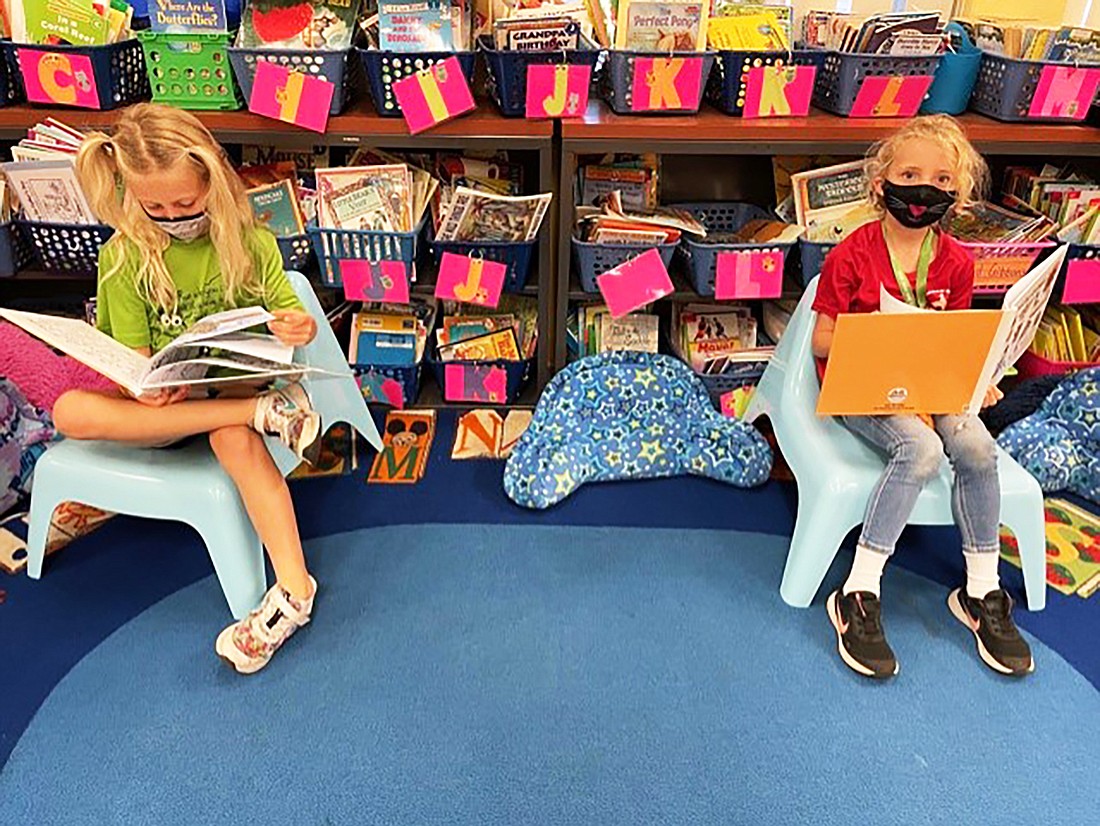- November 13, 2025
-
-
Loading

Loading

Crystal Rothhaar, a parent of two Robert E. Willis Elementary School students, missed having parent-teacher conferences this year due to the pandemic.
The conferences were an opportunity to have in-person conversations with her children’s teachers and connect with the school.
Rothhaar might have to miss out on parent-teacher conferences next year as well. The School District of Manatee County has decided to make changes to the 2021-22 school calendar, removing the early releases that would give teachers time to prepare for the conferences.
Genelle Zoratti-Yost, the deputy superintendent of instruction, said the decision to have parent-teacher conferences will be made on a school-by-school basis.
The changes to next year’s calendar will add instructional time for students to address any learning loss as a result of the pandemic, Zoratti-Yost said.
The district looked at benchmark data to compare how full-time e-learning students were doing compared to full-time brick and mortar students.
There was “little difference” in terms of attendance and participation between the two groups of students: E-learning students participated 94% of the time while on-campus students were in attendance 93% of the time.
The differences came in reading and math.Proficiency in reading for third through 10th grade for e-learners was 61% but 52% for full-time on-campus students.
Zoratti-Yost said proficiency for e-learners might have been higher because families could support students in language arts and reading.
In math, the district examined data for third through eighth grade, algebra I and geometry and found 49% of e-learners were at or above grade level while 61% of on-campus students were at or above grade level.
“What we know from that is we need to continue to try to close that achievement gap for our students no matter what setting,” Zoratti-Yost said. “We plan to have them all back on campus next year, so we can work face to face and impact them in a positive way.”
The removal of three professional learning early releases would add 276 minutes, or 4.6 hours, of instructional time for middle school students and 264 minutes, or 4.4 hours, for high school students.
Elementary school students will have an additional 744 minutes or 12.4 hours with the removal of three professional learning early releases and two elementary releases. Another change to the calendar is moving a record day from Oct. 11 to Oct. 8 and making it a day with four hours of professional learning and four hours for record day. Record days are opportunities for teachers to submit grades and start planning for the following quarter.
Zoratti-Yost said the decision to combine a professional learning and record day came after seeing 80% of teachers submitted grades electronically prior to record day.
“It’s done more rapidly than in years past when we had a paper copy and you had to input the data, and then it got transferred in the computer to generate the report card,” Zoratti-Yost said. “We’ve come a long way technologically, so there is an ease of inputting grade.”
Some parents will benefit from the changes in the school calendar. Rothhaar said the removal of early releases will make it easier for working parents like her because parents won’t have to leave work early, or their children won’t have to stay in after-school care longer.
“The early releases are hard on working parents, but it’s good for teachers to have time to be able to have conferences and communicate with parents,” she said. “Hopefully, next year there will be some more in-person communication with the teachers, and maybe it won’t be as much of an issue.”
Denise West, a parent of a student at Willis Elementary and R. Dan Nolan Middle School, said not having conferences doesn’t bother her.
“We have been lucky with responsive teachers at both Willis and Nolan, and you can request a conference any time you feel the need,” West said. “I think these are more productive than a designated day.”
Kaia Heath, a parent of a Tara Elementary School student, said she can easily reach her child’s teacher if she has concerns or questions, and the teacher can always reach her, so parent-teacher conferences aren’t necessary.
“[The teacher] checks in with me if something happens or if we need to work on something,” Heath said. “The report cards are there for that, and I’m sure she’d be available to answer any questions throughout the year.”